‘A Sunny Day’: A Timeless Snapshot of Love and Music from 1966
There’s a quiet beauty to records like ‘A Sunny Day’… a special kind of magic in this 1966 album.
Kris and Jerry Brock-Jones poured their hearts into songs that feel personal, intimate, and truly heartfelt. Originally recorded in 1966 in small-town Illinois, this album blends folk-rock, country, and lounge music in a way that feels warm and timeless. With Jerry writing the songs and Kris adding harmonies, ‘A Sunny Day’ captures the feeling of young love and the quiet optimism of the 60s, all set to the sound of shuffling drums, guitars, strings, and a little organ.
Pressed in a limited run, the record quietly faded into obscurity—until now. With Frederiksberg’s digital reissue, ‘A Sunny Day’ gets the recognition it deserves, along with never-before-seen photos, original liner notes, and a heartfelt reflection by their son. It’s a beautiful snapshot of a moment in time—something simple yet full of meaning. In today’s fast-paced world, ‘A Sunny Day’ feels like a refreshing pause, a reminder of music made with love and care.
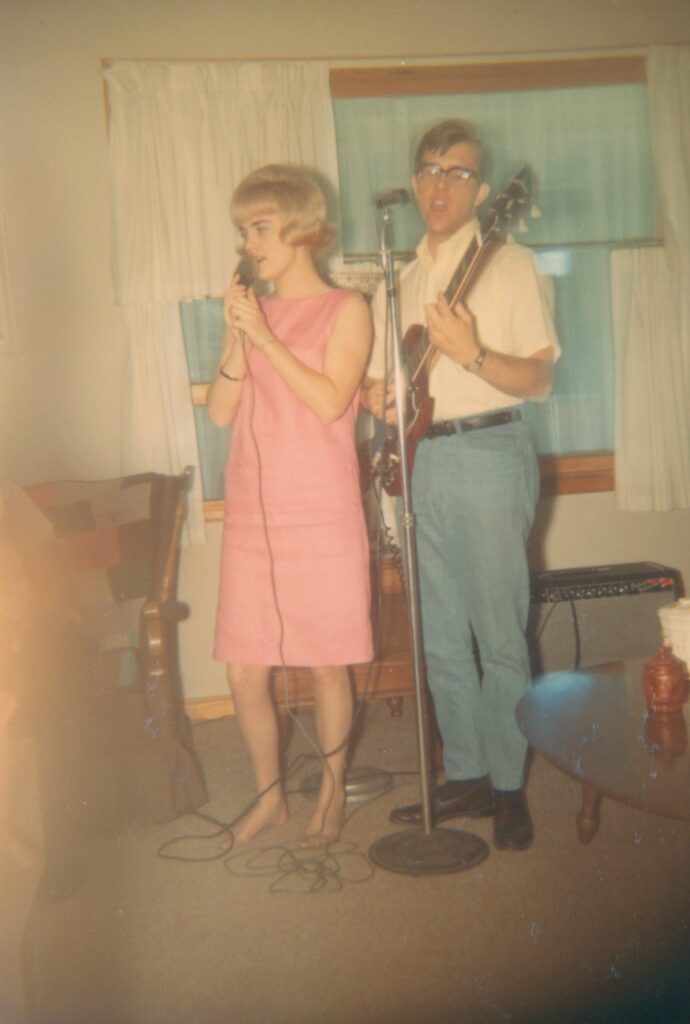
“It’s amazing and wonderful to see the album rediscovered after all these years.”
What memories from your childhood pointed you toward music? Was there a sound, a story, or a moment that made you say, That’s it—that’s what I want to do?
Jerry Brock-Jones: I grew up in Vandalia, IL, in a family that was musical. My mother gave piano lessons and encouraged her children to be involved with music. We all played instruments and participated in band and various contests. When I was ready for college, she encouraged me to major in music. I was further influenced by the band director at college, Dr. Westcott.
When did it become clear that music wasn’t just a passing interest, but a calling?
At Eastern Illinois University, I was approached by a friend who wanted to start a band. At the time, I played the trumpet but wanted to learn guitar, which I did. We started the band and, after some time, played numerous venues around campus, including many bars and teen clubs. It helped pay the bills while I was in college.
What was the local music scene like when you were starting out? How did it shape the musician you became?
Music at the time was typically “sixties”; however, I loved big band music, marches, and some classical as well, thanks to my professor at college. I met my future wife, who was also a music major, and she contributed to lyrics and harmonies. She also played piano, so it was easy to hear the full extent of the music I was writing.
What was life like growing up in Enfield, Illinois? Did the community or the surroundings influence your music in any way?
Enfield was my first teaching position. I taught everything from grade school music classes up to high school band. I started a stage band with interested students and got them prepared to be the first band of its kind to participate in the Illinois band contest. I even took them on tour to perform at various schools in the area. I really loved doing this.
How did the two of you meet, and what brought you together to make music?
Kris grew up singing all through school—solos, and also with her parents at church. We met at a dance—where my band was playing—just before the start of classes at college. She was a vocal major. We got married before I graduated in 1966.
When you started writing songs, did you have a clear direction, or did your style take shape along the way?
The music was very much influenced by what was going on in the world around us at the time.
Did you play any local concerts or events early on? What do you remember most about those experiences?
We played a lot of local events in the area. I was always in a “rock” band from college on. Most of our shows were well received, and we didn’t have much time off. The venues changed some—we played several adult clubs as well as teen towns.
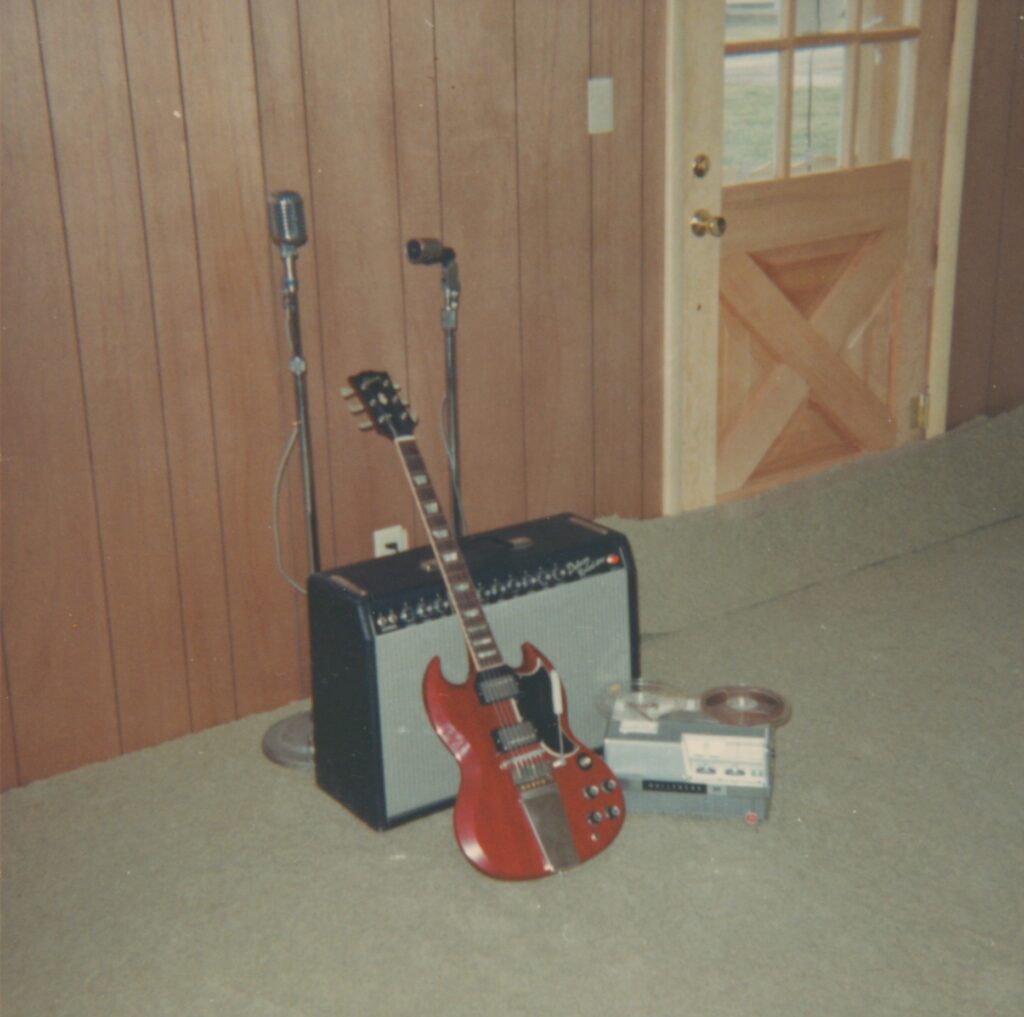
Were there local artists or bands who influenced you back then? What other key inspirations have shaped your music?
Our covers were always what was being played on the popular radio stations at the time.
What led you to record A Sunny Day? Was it a moment of creative momentum, or something you’d been working toward for a while?
These songs were mostly written in college, and I wanted a way to preserve them. Kris and I discussed recording them.
How did you connect with B-J Records? What can you tell us about the label and its role in your journey? Can you recall what led you to record at Crusade Studios with Ray Harris? What was the studio environment like, and how did it influence the sound of the album?
BJ Record Company was something we came up with to protect the original songs. My wife, being from Flora, knew Ray Harris, and he had recorded a multitude of gospel albums. We made an appointment with him and eventually set a date to record. We got the other musicians together so they could contribute their talents to the songs. It was a small, relaxed studio, so we had a great time making the album.
Did ‘A Sunny Day’ get much local press or airplay when it came out? Do you know how many copies were pressed?
We personally borrowed the money to pay for recording and pressing the albums, so we hoped we could sell enough to pay off the loan—which we did. Various area radio stations played the album, and local people and students bought copies as well.
The album cover has such charm. Is there a story behind the artwork?
The artwork was in a stack of pictures that Mr. Harris had at his studio. We took some time to look through most of them, and the cover was one we really liked. We also had a friend go out to a local lake near Enfield and take the personal photos we used.
Could you share a little insight into the tracks on the album? Do any hold a particularly special story or memory?
Not really. I always wrote the music first, with sounds I liked, and then came up with the lyrics. If I had any problems with the lyrics, my wife would help.
What’s it like to see your record rediscovered and reissued decades later? And how did it feel to have your son, Justin Brock-Jones, write a reflection for the release?
Amazing and wonderful. I was excited that Justin got involved. Kris and I tried to pass our love of music down to our three children, as well as grandchildren and great-grandchildren. They were all involved in music in some way throughout school—and they all still love music of all genres.
Is there any unreleased material from your early days?
Some piano songs that were written down. My daughter took them home with her so she could play them.
Did you continue to make music in the years that followed? How did your relationship with music evolve over time?
Yes, I continued to play in local bands in the area and also taught at schools until I retired several years ago.
Looking back, what are the highlights of your musical journey? Are there any songs or moments that make you especially proud?
Any impact I may have had on my students when it comes to loving music—and particularly this album.
What’s life like for you now? Do you still find time to make music or reflect on those early days?
We still listen to this original album quite a bit.
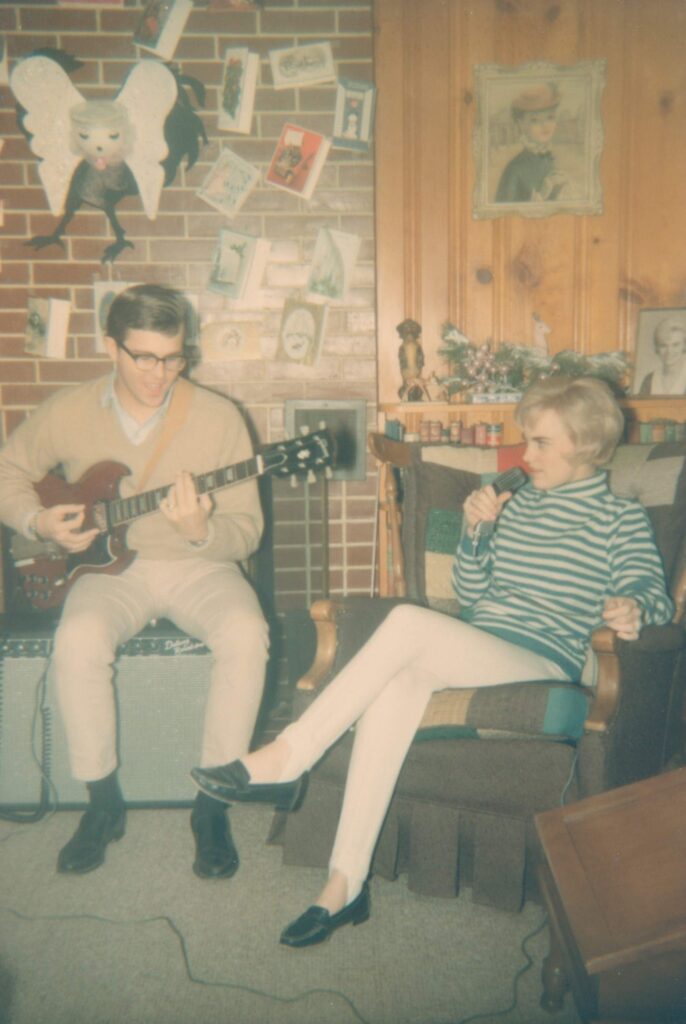
If you could go back to 1966 and tell yourselves something about the legacy A Sunny Day would eventually have, what would it be?
That we were very proud of the songs—and what fun we had in our younger days.
Klemen Breznikar
Photos: Copyright Kris & Jerry / Frederiksberg Records
Frederiksberg Records Facebook / Instagram / Bandcamp
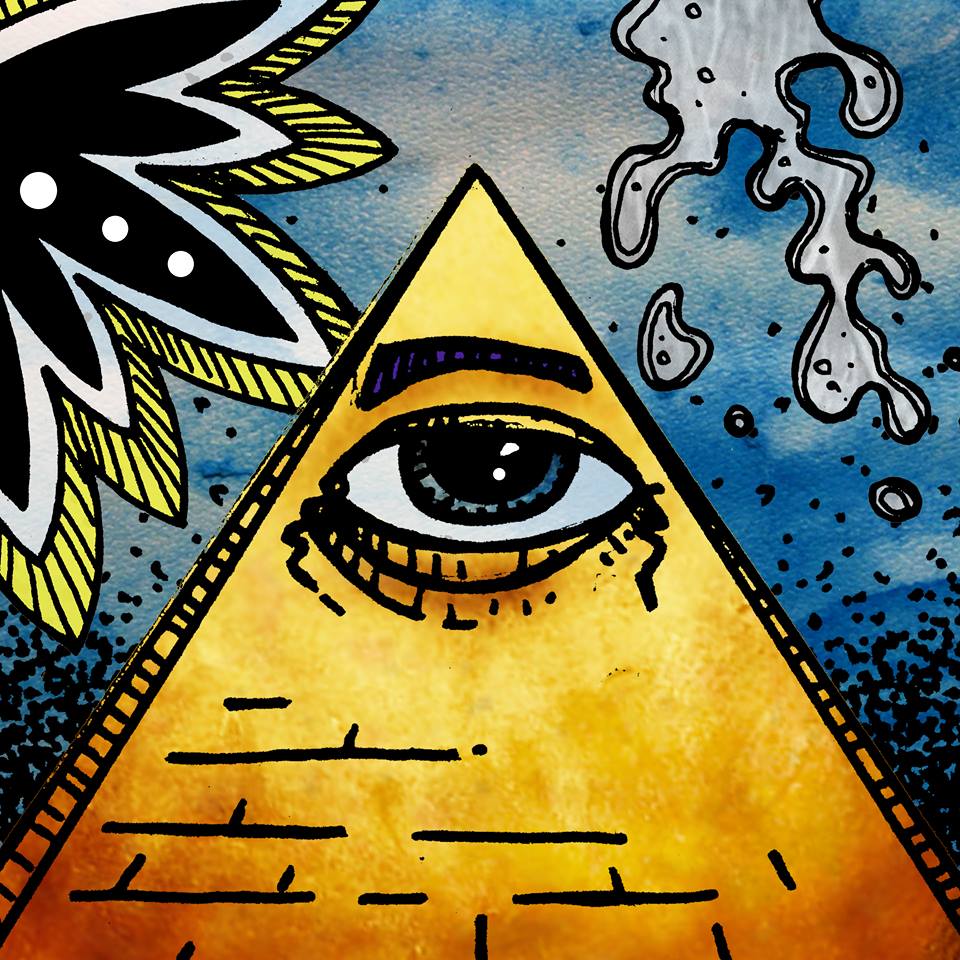
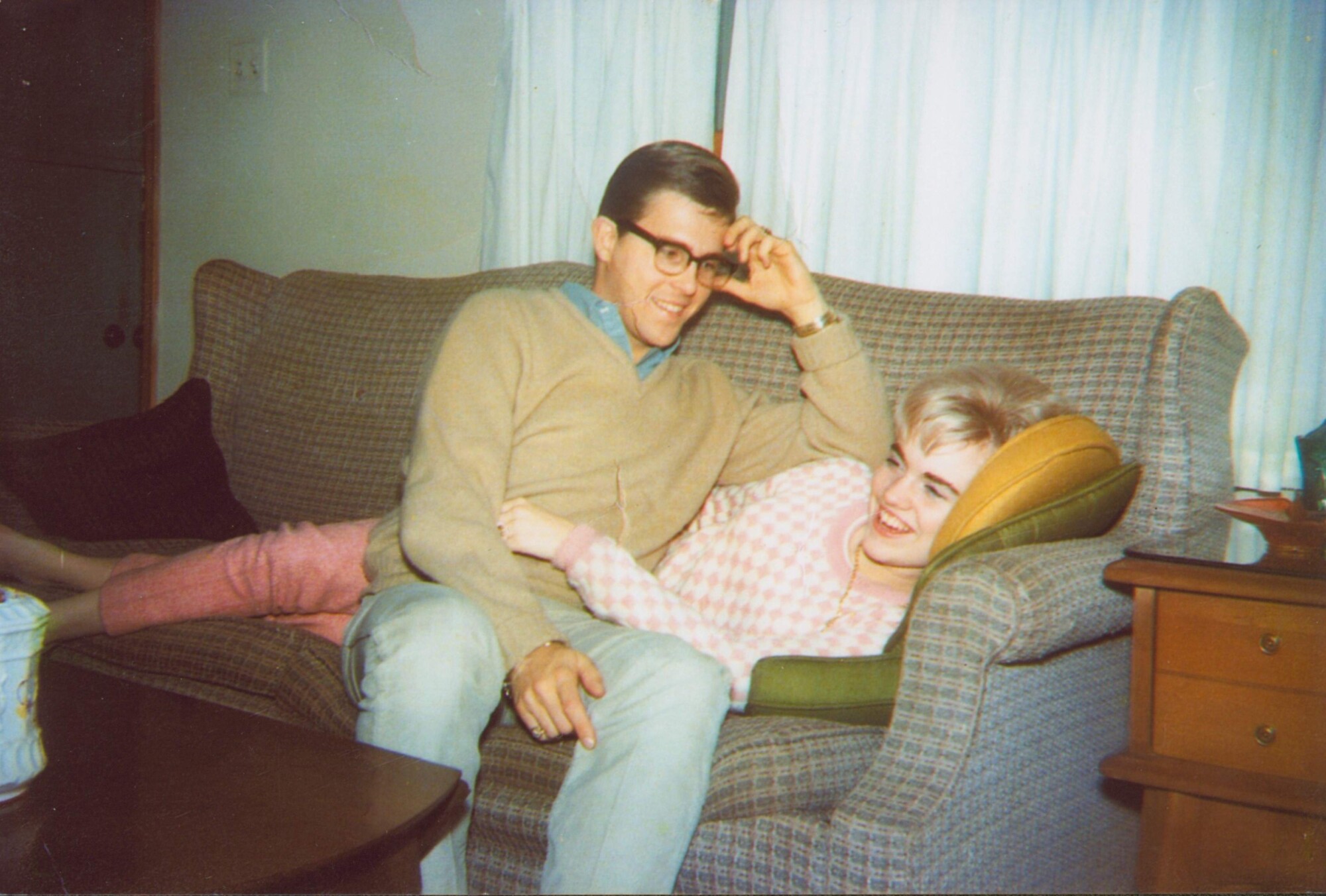
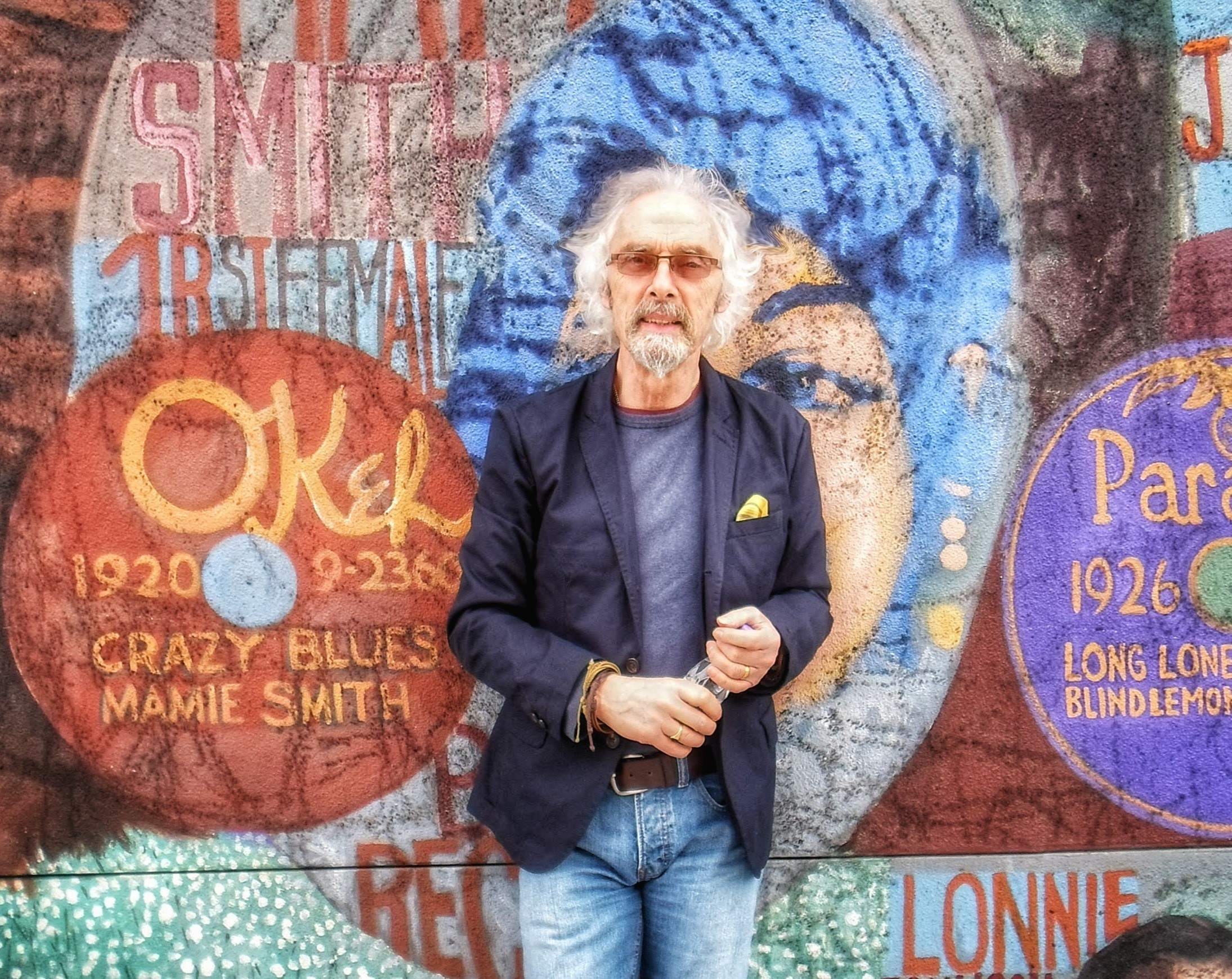
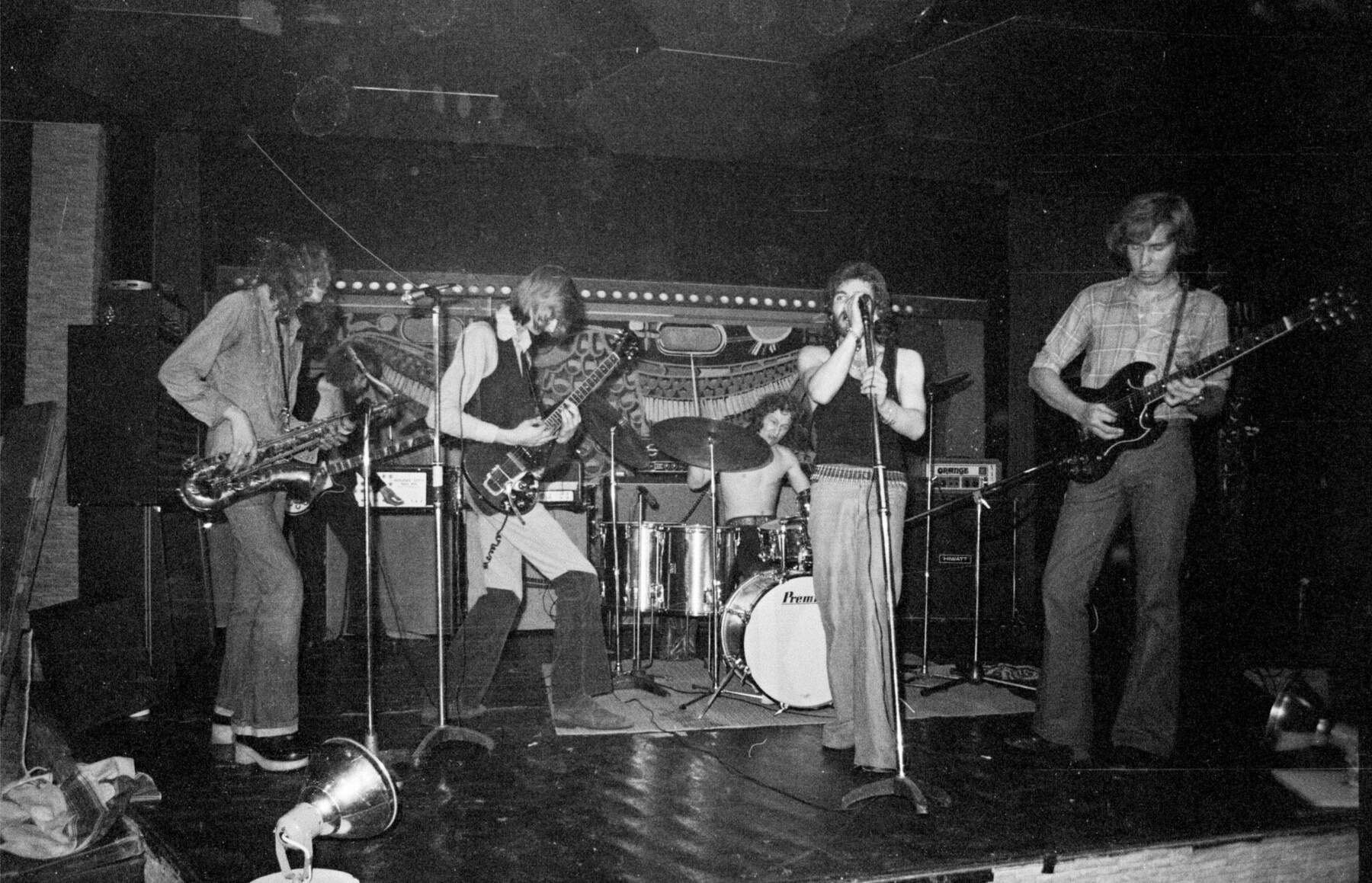

This album is such fun! Thanks for making me aware of it!